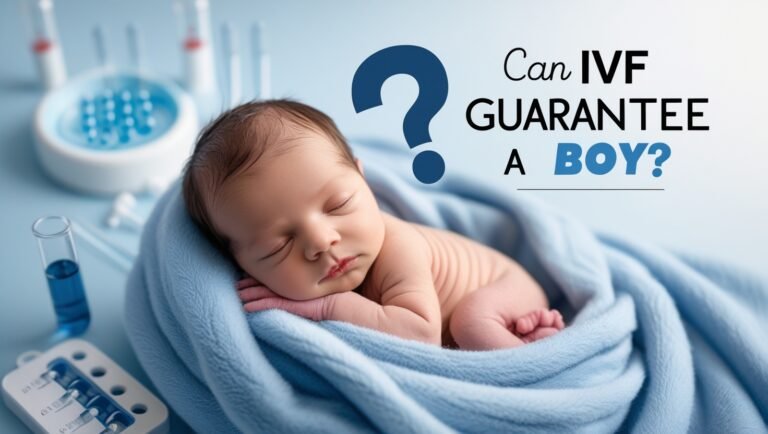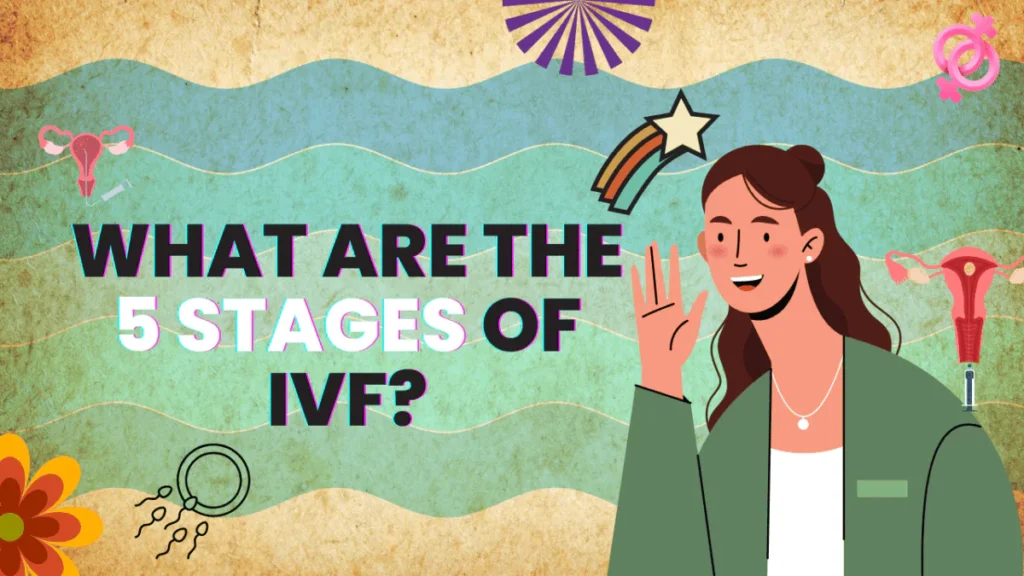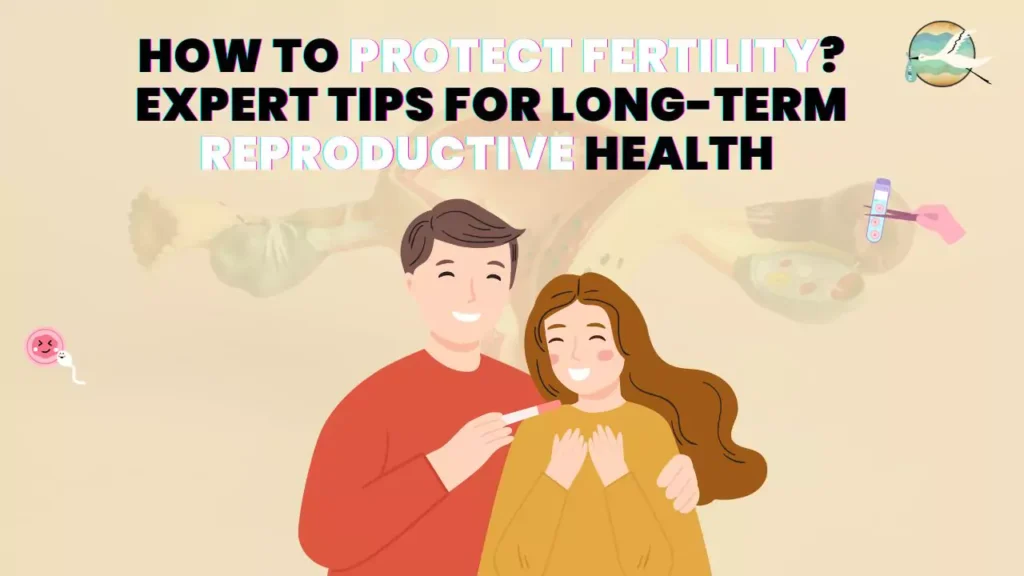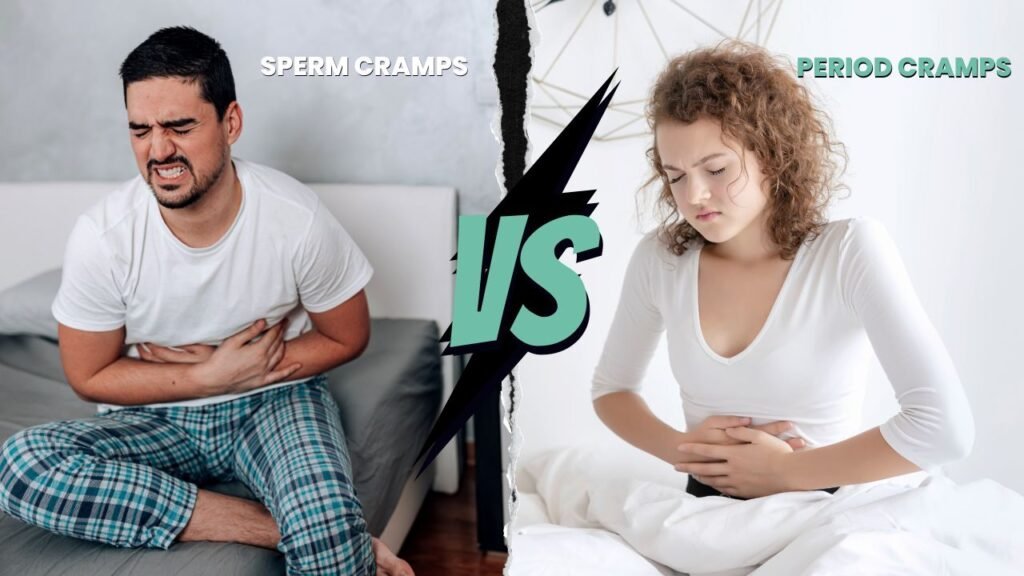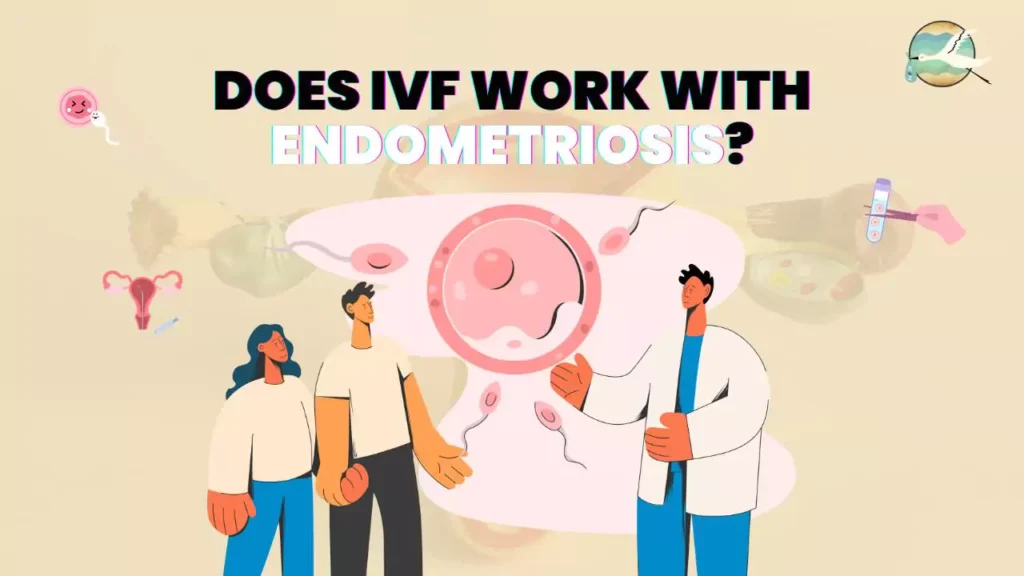Do you want to know When is a female most likely to be fertile? This blog post outlines the main elements that influence female fertility and when a woman is most likely to become pregnant. Learn how to calculate your ovulation window and recognize ovulation symptoms. You’ll also learn ways to improve your chances of getting pregnant.
Table of Contents
Fertility is the ability to conceive and have a child. It is a complicated process that is regulated by several factors, including age, hormone balance, and reproductive health. Knowing When is a female most likely to be fertile is important for both couples trying to conceive and couples trying to avoid pregnancy. Timing sex during the ovulation window might help couples who are attempting to conceive. Knowing when the ovulation window is can help couples take suitable contraception.
The main variables influencing a woman’s fertility and her peak pregnancy probability will be covered in this blog post. Additionally, we’ll include advice on calculating your ovulation window and recognizing ovulation signs.
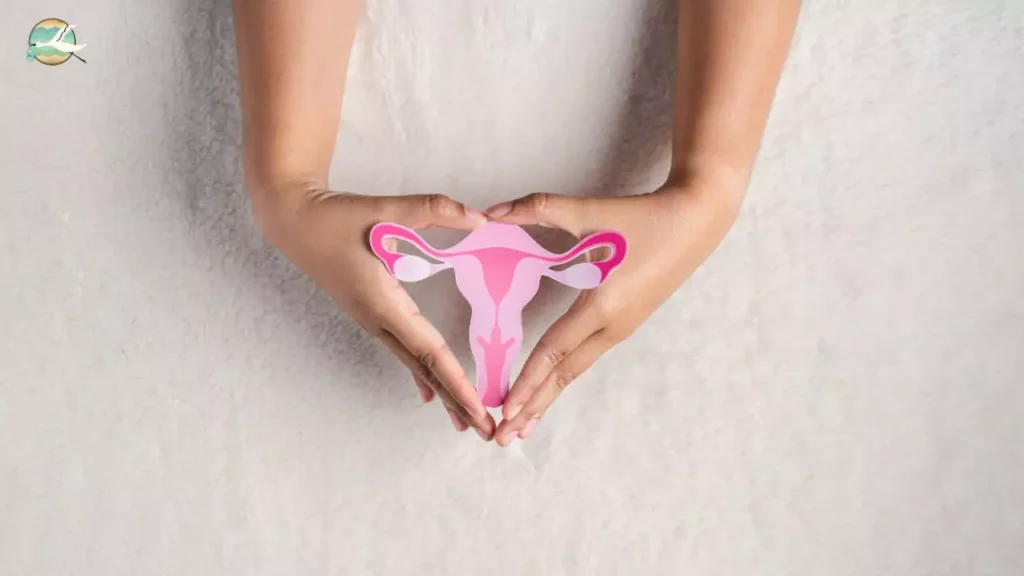
When is a female most likely to be fertile?
The ovulation window is When is a female most likely to be fertile. The five days preceding, the day of, and the day after ovulation make up the ovulation window. The fallopian tubes are most likely to contain an egg at this time, which is when sperm will most likely fertilize it.
You must know the duration of your menstrual cycle in order to determine your ovulation window. The duration of your menstrual cycle is the number of days that pass between the start of one period and the start of the next one. You can figure out the starting day of your ovulation window by taking away 14 from the duration of your menstrual cycle. Your ovulation window, for example, would be days 11–15 if your menstrual cycle is 28 days long.
Signs of ovulation

- Changes in cervical mucus: During ovulation, cervical mucus gets thinner and clearer. It might also have the texture and appearance of egg whites.
- Changes in basal body temperature: After ovulation, there is a tiny increase in basal body temperature, which is the temperature you feel when you wake up in the morning.
- Mid-cycle pain: Mid-cycle pain is the term for the little discomfort or cramping that some women feel in the midst of their menstrual period. A lower abdominal ache may be felt on one or both sides.
- Other signs: Breast soreness, an increase in sex desire, and bloating are possible additional indicators of ovulation.
What are the factors that affect female fertility?
The fertility of women is influenced by several things. Because fertility decreases with age, especially above the age of 35, age is critical. Ovulation, or the release of an egg, takes place around 14 days before the start of the following menstrual cycle, which is why the menstrual cycle is so important. Pregnancy is impossible without ovulation, which means it is important. Fertility is also affected by a number of hormones, such as progesterone, testosterone, and estrogen. A woman’s fertility can also be severely affected by lifestyle choices including nutrition, exercise, and stress management. It’s critical that women are aware of these elements and how they may impact their ability to reproduce.
How do I know if I am fertile enough to get pregnant?
Understanding your fertility begins with tracking your menstrual cycle. A regular menstrual cycle means that you are more likely to ovulate consistently, which is essential for conceiving. Pay attention to ovulation symptoms such as changes in cervical mucus, variations in basal body temperature, and mid-cycle pain. You may pinpoint the most fertile days in your cycle by keeping a careful eye on these markers. Also, if you have questions about your fertility, you should get expert help. A doctor’s appointment may include hormone level testing, reproductive organ ultrasounds, and other tests to determine your fertility status.
How to increase your chances of getting pregnant
To improve your chances of becoming pregnant, you must take a comprehensive approach to your health and lifestyle. Begin by charting your menstrual cycle to figure out the days when you are most fertile. Maintain a healthy weight, and a balanced diet, and avoid smoking and excessive alcohol or caffeine consumption. Stress management is critical since excessive stress levels might disrupt ovulation. Reduce your exposure to environmental contaminants, solve any underlying health problems, and think about taking folic acid supplements.
To increase your chances of getting pregnant, you should also plan sexual activity around ovulation, see a doctor if necessary, and get screened before getting pregnant. Keep in mind that being a parent may take some time, so patience and persistence are important.
Here are some tips for tracking your ovulation signs
- Cervical Mucus: Keep a close eye on your vaginal discharge. When it thins and clears, it means you’re approaching your most fertile period.
- Temperature Trend: Take your temperature before you get out of bed every morning, and note if it rises slightly after ovulation. This will assist you in determining your fertile days.
- Body Signals: Listen to your body; breast tenderness or an increased desire for intimacy could be signs that you’re ovulating.
Conclusion: When is a female most likely to be fertile
Knowing When is a female most likely to be fertile is crucial for both couples trying to conceive and couples trying to avoid pregnancy. You can make informed decisions about your reproductive health if you understand the fundamental elements that influence female fertility and the symptoms of ovulation. If you’re trying to conceive, planning intimacy for the ovulation window can improve your chances. Ovulation predictor kits may help you determine when you are ovulating. Consult your doctor if you are concerned about your fertility or are having difficulty getting pregnant. They may help you to identify the underlying causes of infertility and recommend options for treatment.
Disclaimer: Remember that each woman is unique, and there is no one-size-fits-all solution to the question of when a female is most fertile. Talking with your doctor and tracking your own menstrual cycle and ovulation indications are the best ways to learn about your own fertility.
Read More:-
- What are the 4 types of PCOS: Symptoms and Treatment
- How to confirm whether sperm went inside?
- Egg Retrieval Recovery: Everything You Need to Know 2023
- Ovarian Stimulation: Everything You Need to Know
FAQs on When is a female most likely to be fertile?
Q: How do I calculate my ovulation window?
You must know the duration of your menstrual cycle in order to determine your ovulation window. The duration of your menstrual cycle is the number of days that pass between the start of one period and the start of the next one. You can figure out the starting day of your ovulation window by taking away 14 from the duration of your menstrual cycle. Your ovulation window, for example, would be days 11–15 if your menstrual cycle is 28 days long
Q: Does age affect female fertility?
Yes, female fertility is impacted by age. After the age of 30, fertility begins to diminish, and after the age of 35, it declines more quickly.
Q: How can I improve my fertility?
Maintaining a healthy weight, eating a balanced diet, getting regular exercise, and controlling your stress levels are just a few of the things you can do to increase your fertility. Consult your physician about taking prenatal vitamins as well.
Q: What is the ovulation window?
The five days that precede, coincide with, and follow ovulation constitute the ovulation window. Now is the best chance to find an egg in the fallopian tubes and have it fertilized by sperm.
Q: Can certain medical conditions affect female fertility?
Yes, endometriosis, PCOS, and thyroid issues are among the illnesses that might impact a woman’s ability to conceive.


